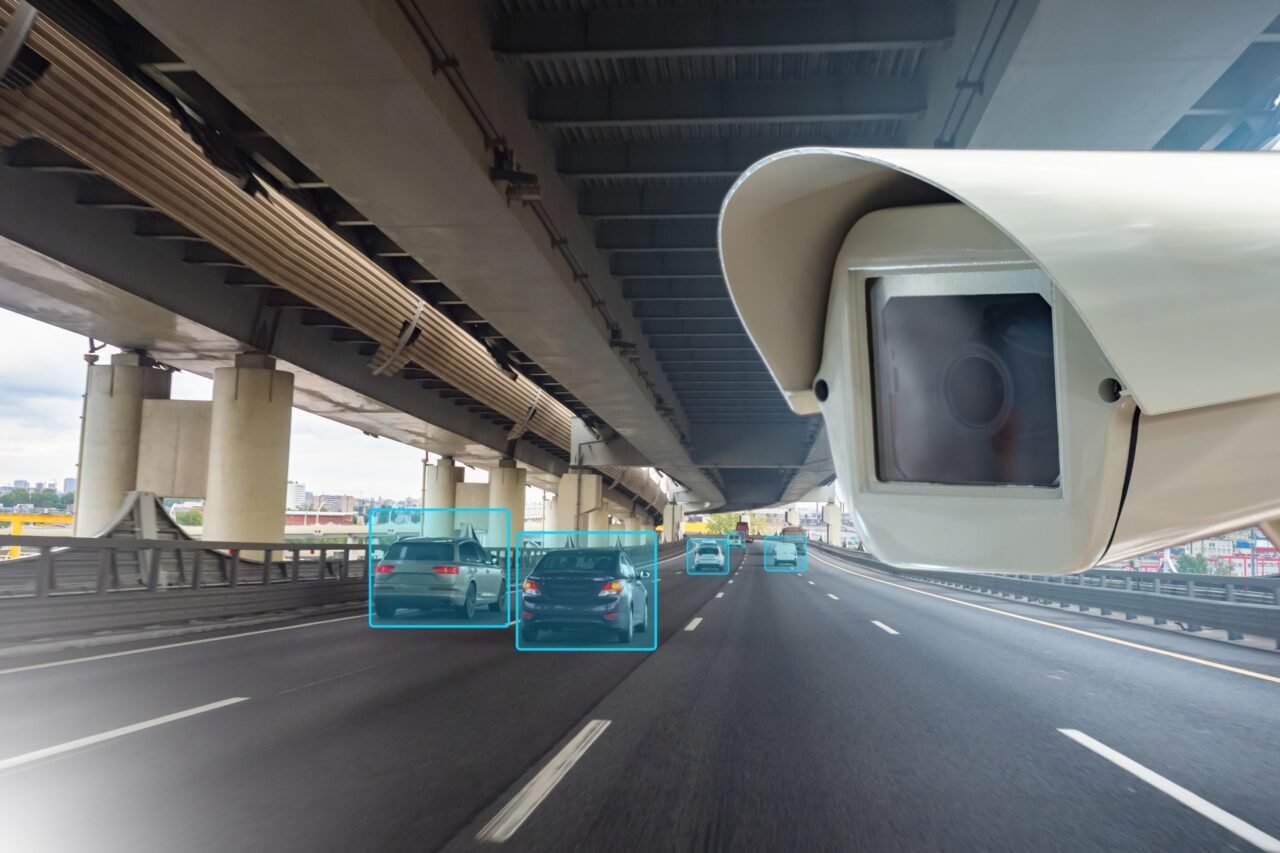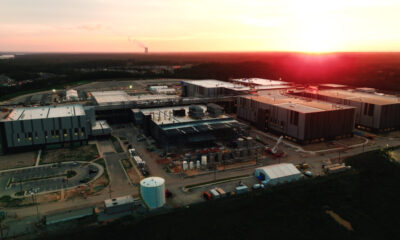Top Stories
Urgent Alert: Surveillance Risks for 7M Protesters After “No Kings” Rallies

UPDATE: Millions of Americans who participated in the recent “No Kings” protests may face increased surveillance as law enforcement ramps up monitoring efforts. An estimated 7 million people attended rallies across major cities, including New York City and Los Angeles, which reported minimal arrests, with NYPD confirming “zero protest-related arrests.”
Despite the peaceful nature of these demonstrations, officials have labeled participants as “extremists” and “pro-terrorist.” Speaker of the House Mike Johnson has branded the protests as “hate America” rallies, while Secretary of Transportation Sean Duffy insinuates they are funded by dark money.
Surveillance concerns are heightened following a recent Trump Administration executive order aimed at tracking and disrupting financing linked to what it considers “domestic terrorism.” Ryan Shapiro, executive director of Property of the People, warns, “The Trump regime would have us believe that somehow peaceful, pro-democracy protesters are terrorists.”
As participants reflect on their experiences, understanding the implications of surveillance is crucial. If you drove to the protests, your vehicle could have been recorded by automated license plate readers (ALPRs) positioned on streets or police vehicles, potentially linking you to the event.
For those who opted for public transport, using cash is safer. However, if you used a card or app tied to your identity, authorities could track your movements back to the protests. Smartphones pose an even greater risk. The Electronic Frontier Foundation (EFF) warns that even when in airplane mode, your device can still record location data, which can be transmitted once reconnected to the internet.
Moreover, if you posted photos from the protest without obscuring your face, you may have inadvertently exposed yourself to surveillance. The EFF advises using tools like Image Scrubber to blur faces and remove identifying metadata from images, as law enforcement agencies, including the DHS and ICE, actively monitor social media for protest-related content.
Even if you took precautions, there is a risk as law enforcement employs drones and facial recognition software, such as Clearview AI, to identify individuals in crowds. Reports suggest that the data firm Palantir is collaborating with the Trump Administration to establish a comprehensive database that could include information about protesters.
As the implications of these developments unfold, it is critical for protesters to remain vigilant. The surveillance landscape is rapidly evolving, and the potential for misuse of personal data raises significant concerns about civil liberties and democracy in America.
WHAT’S NEXT: Participants in the protests should take immediate steps to secure their privacy and be aware of the ongoing developments surrounding surveillance tactics. Keeping abreast of new regulations and understanding how to protect personal information will be essential in the coming days.
This situation is a stark reminder of the fine line between public safety and individual rights, raising urgent questions about the future of protest and expression in the United States. As authorities increase their scrutiny, the need for transparency and accountability in law enforcement practices has never been more critical.
-

 Science3 days ago
Science3 days agoInventor Achieves Breakthrough with 2 Billion FPS Laser Video
-

 Top Stories1 week ago
Top Stories1 week agoCharlie Sheen’s New Romance: ‘Glowing’ with Younger Partner
-

 Entertainment1 week ago
Entertainment1 week agoDua Lipa Aces GCSE Spanish, Sparks Super Bowl Buzz with Fans
-

 Business1 week ago
Business1 week agoTyler Technologies Set to Reveal Q3 Earnings on October 22
-

 World1 week ago
World1 week agoR&B Icon D’Angelo Dies at 51, Leaving Lasting Legacy
-

 Entertainment1 week ago
Entertainment1 week agoMother Fights to Reunite with Children After Kidnapping in New Drama
-

 Science1 week ago
Science1 week agoNorth Carolina’s Biotech Boom: Billions Invested in Manufacturing
-

 Health1 week ago
Health1 week agoCurium Group, PeptiDream, and PDRadiopharma Launch Key Cancer Trial
-

 Health1 week ago
Health1 week agoCommunity Unites for 7th Annual Into the Light Walk for Mental Health
-

 Health1 week ago
Health1 week agoNorth Carolina’s Biotech Boom: Billions in New Investments
-

 Entertainment1 week ago
Entertainment1 week agoRed Sox’s Bregman to Become Free Agent; Tigers Commit to Skubal
-

 Top Stories5 days ago
Top Stories5 days agoFormer Mozilla CMO Launches AI-Driven Cannabis Cocktail Brand Fast









